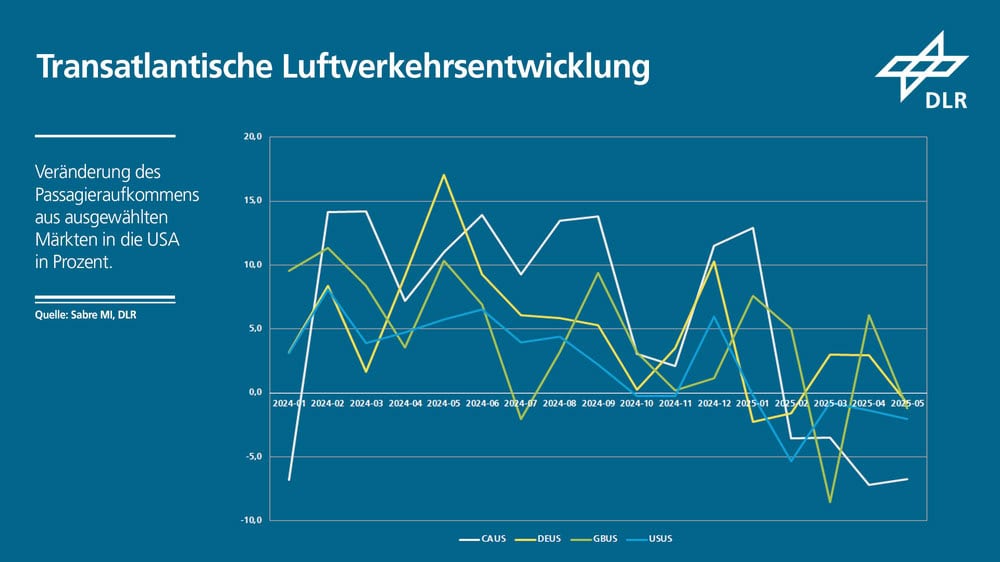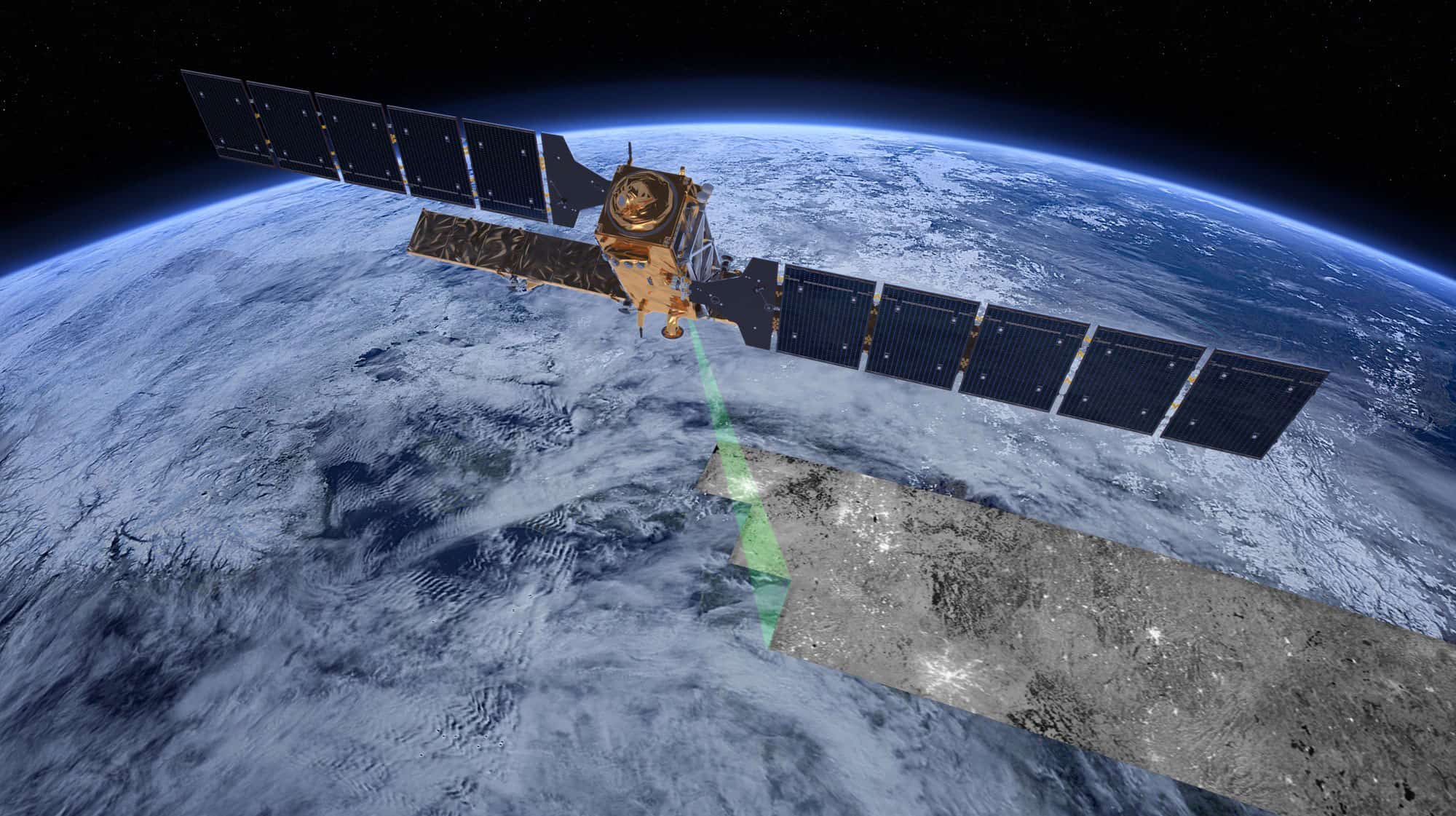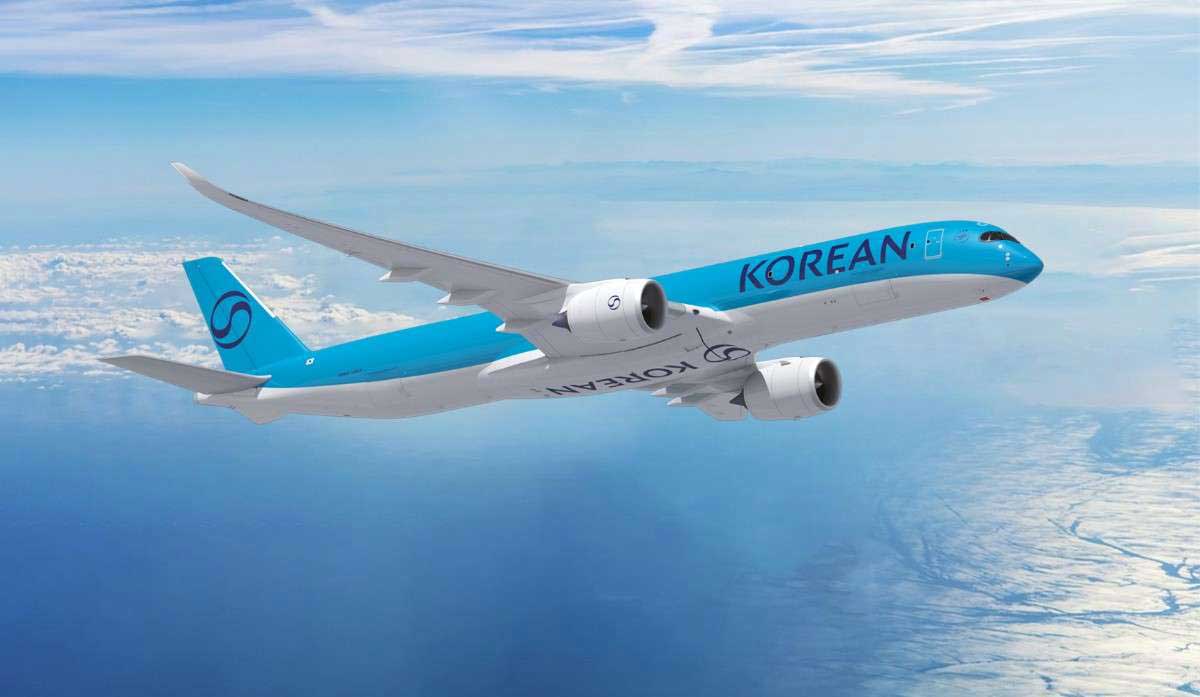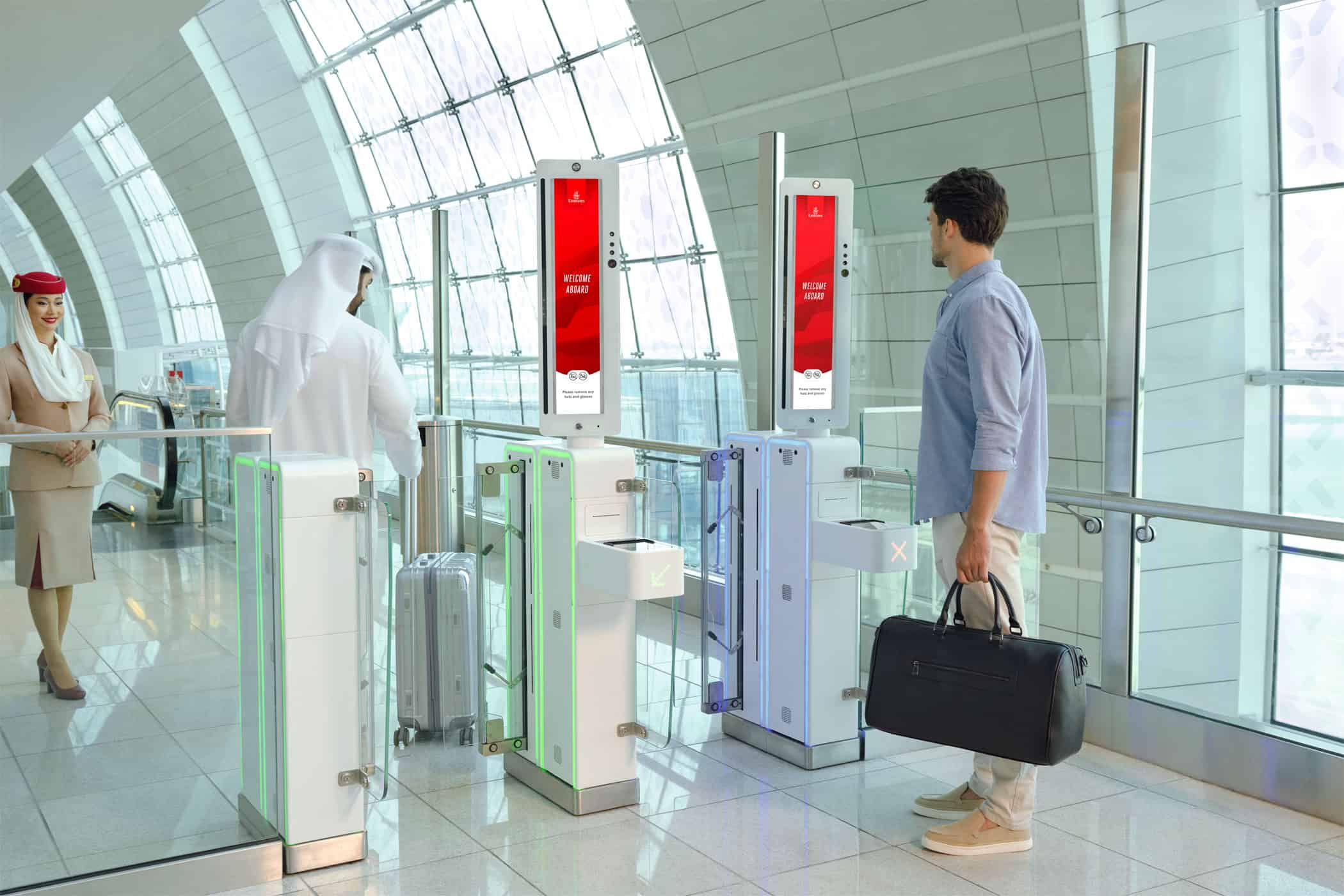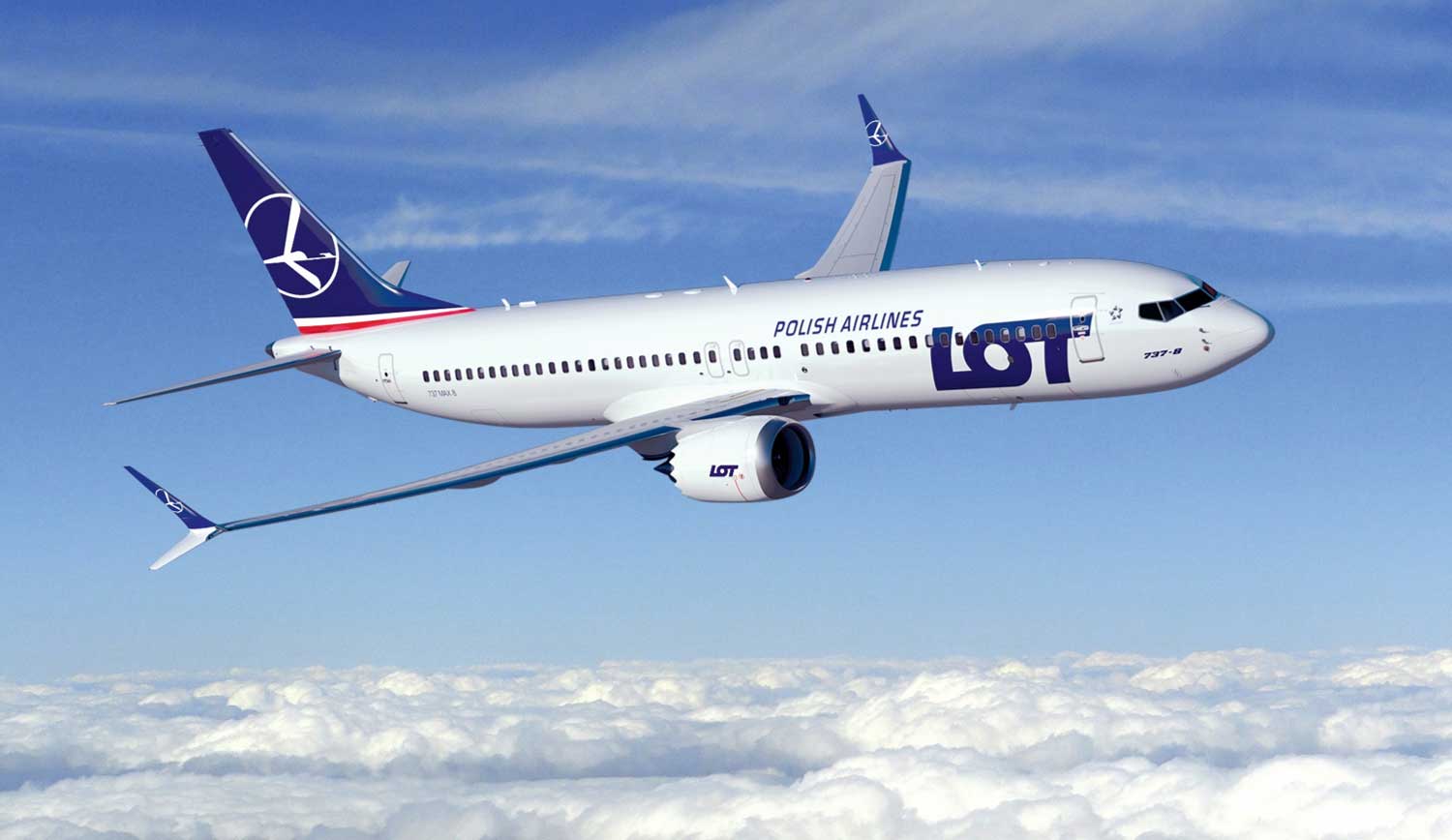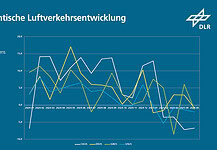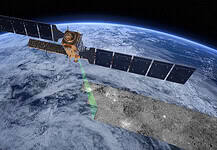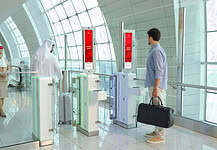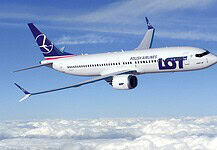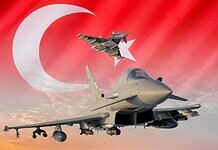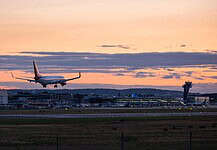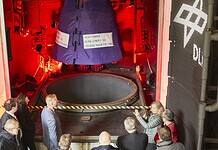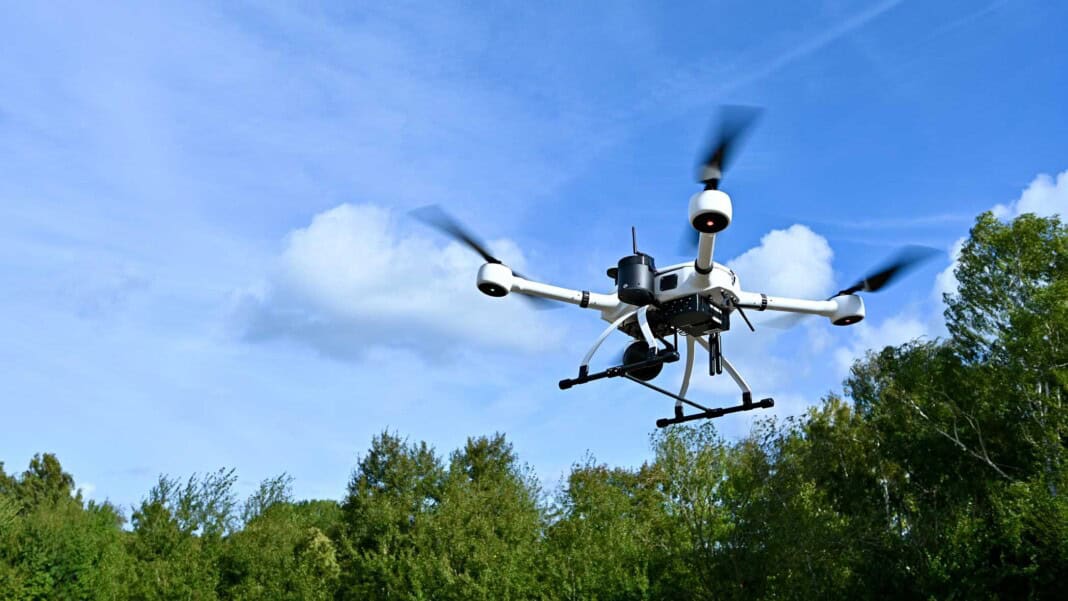
This site is also available on:
Deutsch
Fast and precise situation assessment by automated drones in rescue operations
In acute emergencies such as forest fires, traffic accidents, or other natural disasters, time is of the essence for rescue workers. Emergency responders often lack clear and detailed information at the outset of an operation, especially if the area of operation is difficult to access or confusing. To address this information gap and increase the effectiveness of rescue efforts, the German Aerospace Center (DLR), together with Vodafone, Frequentis, and the Rostock Fire Department, launched the ADELE funding project. ADELE’s innovative idea involves flying automated drones to the scene immediately after receiving an emergency call and transmitting high-resolution live images to the control center. This allows emergency responders to gain an initial, realistic picture of the situation before arriving on scene, significantly reducing their response time and enabling more targeted action.
The practical example of a complex exercise in the Rostock area on September 23, 2025, impressively illustrates the practical application of this technology. The drones automatically launched to the suspected location and provided valuable real-time information for assessing the situation even before the first emergency vehicles left the control center. A key aspect of this development is the integration of modern communication and control technologies, ensuring low-risk and efficient drone flights and consistent compliance with all legal requirements – particularly those regarding data protection.
Advanced system architecture and legal certainty for rescue drones
The technical component of ADELE includes not only the rescue drone’s high-resolution camera sensors, but also the complex planning and execution of flight routes. The expertise of the DLR Institute of Flight Guidance is reflected in a modular system based on state-of-the-art motion data analysis, enabling extremely precise flight control. This raises the quality of the aerial images and video streams to a level that is invaluable for rapid situation assessment.
At the same time, the project takes into account all necessary legal regulations and is fully GDPR compliant. This ensures that citizens’ data remains protected and that there are no legal risks for emergency services. Those responsible are aware that modern technologies can only achieve their full potential in rescue operations if trust and transparency are guaranteed for the public.
The central role of the system architecture is also evident in the integration of drone control into the established ASGARD and LifeX control center systems, which are standard equipment used by fire departments and police. This seamless integration enables the Automated Drone Dispatch System (ADD) to be connected via a special interface. In the event of an emergency call, the determined geocoordinates are automatically transmitted to the ADD, which then proposes optimal drone deployment planning and initiates the drone launch. This automated process saves valuable time and improves the entire process of deployment preparation and coordination.
5G technology as the backbone for fast and stable data transmission
Another key factor in the implementation of ADELE is the use of Vodafone’s 5G technology as the basis for real-time data transmission. The high-performance mobile bandwidths enable large amounts of data in the form of high-resolution videos and images to be transmitted to the control center without delay. This provides rescue workers with early and immediate decision-relevant information about the fire’s development, possible access routes, existing hazardous materials storage facilities, and the distribution of people in the area.
The introduction of 5G in combination with the DroNet platform provides the necessary stability and capacity to ensure reliable communications even in challenging environments. Vodafone is thus making a significant contribution to ensuring that state-of-the-art operational support through digitalization works. The Rostock Fire Department also benefits as a practical user of the system and, together with its partners, is developing reliable, practical solution components that sustainably improve everyday rescue operations.
In addition, this creates a model from which other emergency organizations and authorities can also benefit in the future, as open and standardized interfaces enable the further development and scaling of the technology.
Challenges and opportunities in integrating drones into control center communication
The safe and effective integration of drones into rescue operations presents technical and organizational challenges. The control of the aircraft must not only function smoothly but also simultaneously meet all safety requirements. Radio security, airspace surveillance, and real-time controllability play a key role.
However, the ADELE project demonstrates that these challenges can be successfully overcome with cross-system integration into control center systems such as ASGARD and LifeX. Thanks to the ADD’s automatic dispatching, incident commanders can quickly and easily decide whether and when drone deployment is appropriate. This creates a clear advantage in hectic operational situations.
Furthermore, acceptance among the emergency services themselves is of great importance. The practical project in Rostock demonstrates how useful digital tools are in supporting, rather than replacing, everyday work. The combination of routine control center communication, modern 5G technology, and the precise information provided by drones creates a new quality in disaster management.
Future prospects of modern drone systems for disaster relief
The ADELE funding project enables significant technological advances in protecting human life in emergencies. Automated drone flights, which launch immediately upon receipt of a call for help and provide control centers with real-time images, significantly improve the reconnaissance and assessment of emergency situations. The combination of sophisticated sensor technology, a sophisticated system architecture, 5G real-time communication, and integration into proven control center components sets new standards in disaster management.
The project participants demonstrate how innovative thinking and technical expertise go hand in hand to make emergency services processes more effective. The focus is not only on faster response times, but also on ensuring legal compliance and data protection – for responsible and efficient crisis management.
The practical trial in Rostock impressively demonstrates how cutting-edge technology can be directly integrated into public safety services. In the future, this solution could be expanded to other regions, thus making a significant contribution to managing disasters more quickly, minimizing risks, and ultimately saving lives. The development of automated drone deployments thus marks a significant step toward a digitized and networked operational environment that is equal to the challenges of the 21st century.

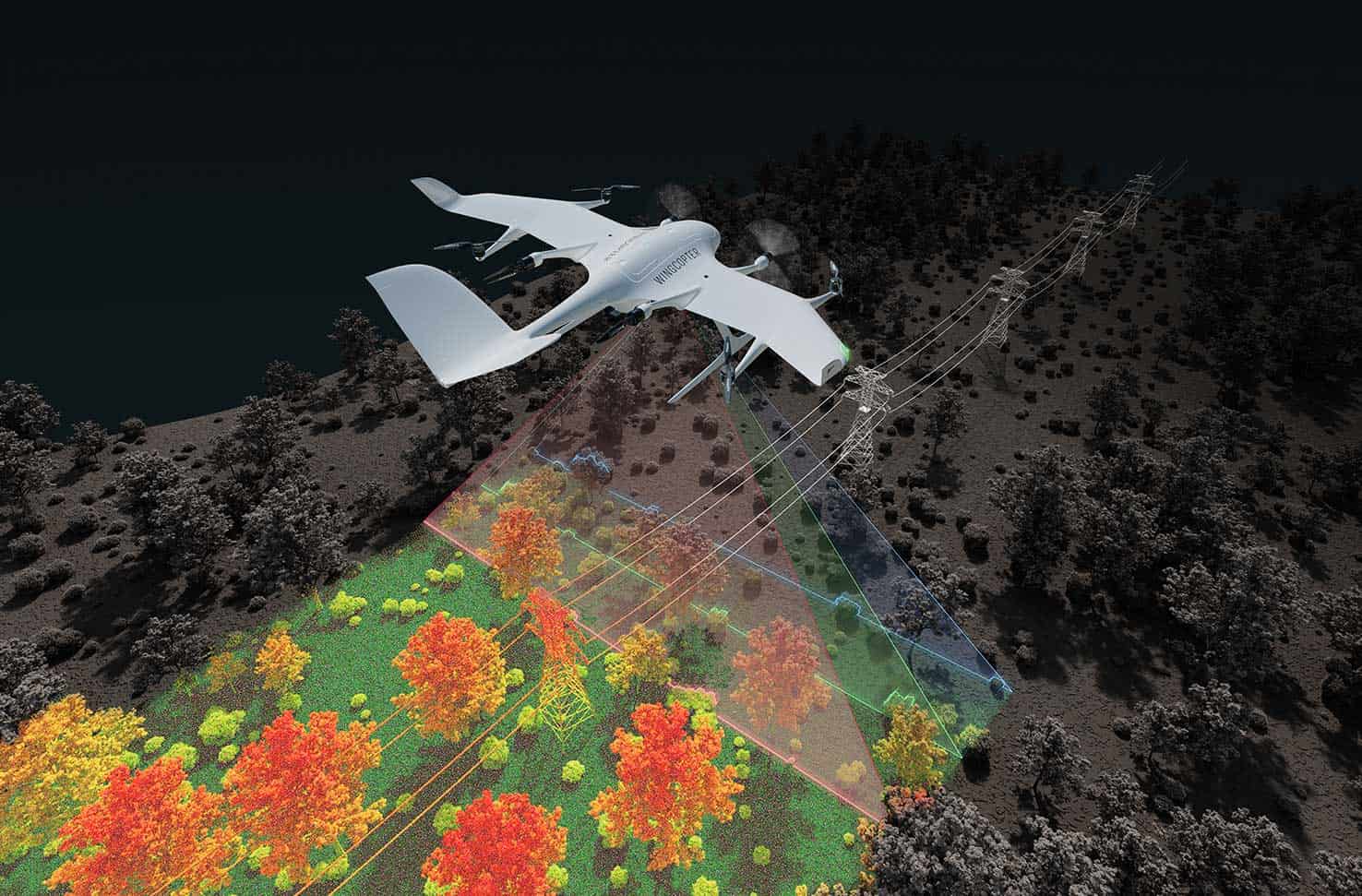 Wingcopter introduces new LiDAR survey drones (Wingcopter introduces new LiDAR survey drones)
Wingcopter introduces new LiDAR survey drones (Wingcopter introduces new LiDAR survey drones)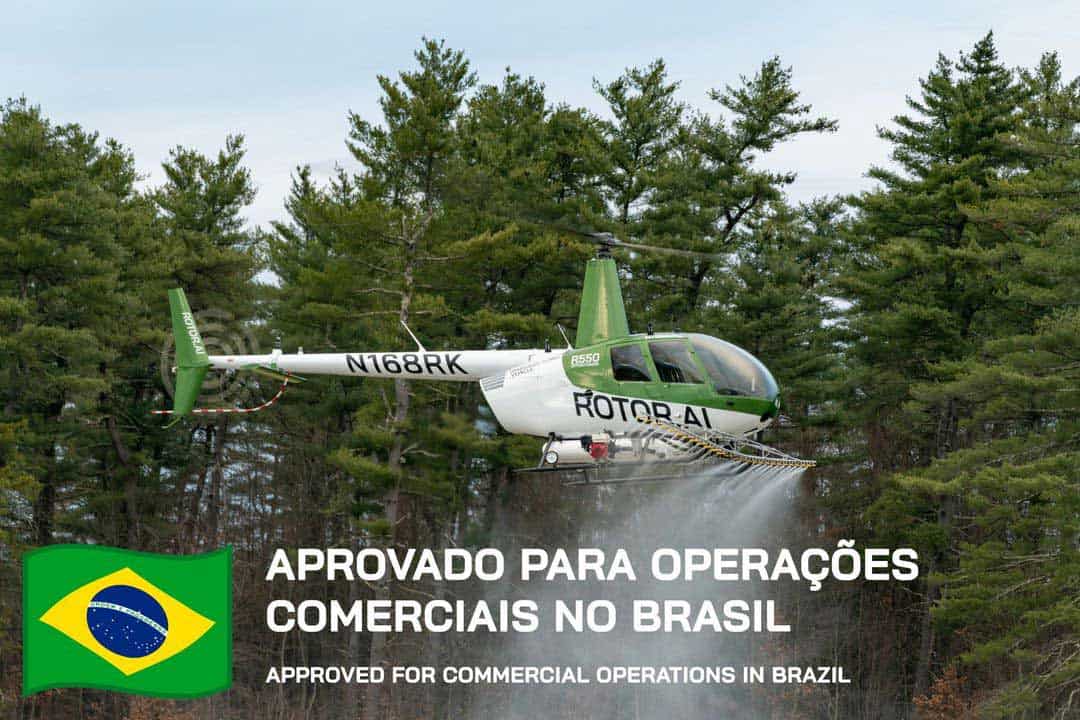 Rotor R550 Sprayhawk UAV receives approval in Brazil (Rotor R550 Sprayhawk UAV receives approval in Brazil)
Rotor R550 Sprayhawk UAV receives approval in Brazil (Rotor R550 Sprayhawk UAV receives approval in Brazil)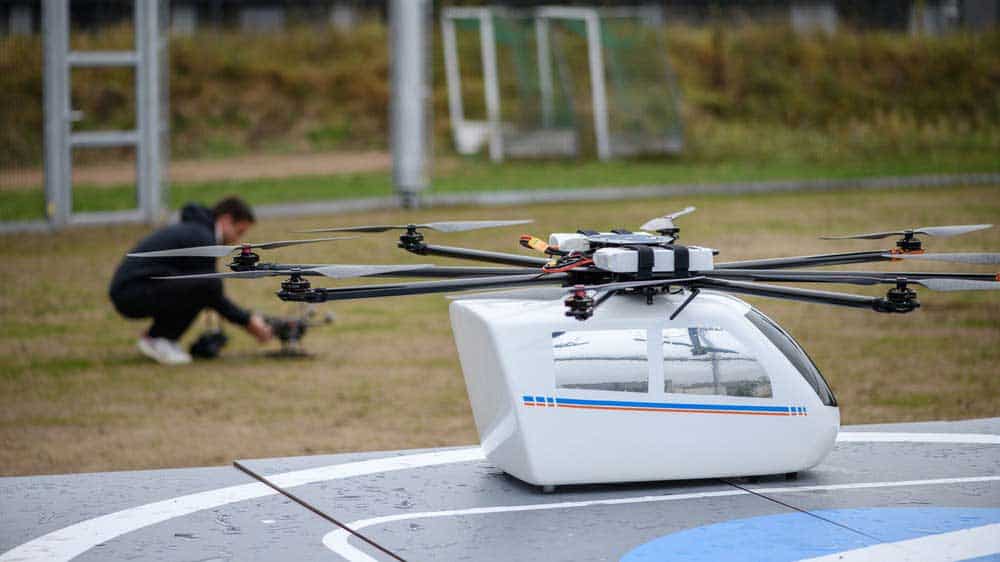 Flybots initiative by DLR and TU Braunschweig: Prototypes in a safe cage (Flybots initiative by DLR and TU Braunschweig: Prototypes in a safe cage)
Flybots initiative by DLR and TU Braunschweig: Prototypes in a safe cage (Flybots initiative by DLR and TU Braunschweig: Prototypes in a safe cage)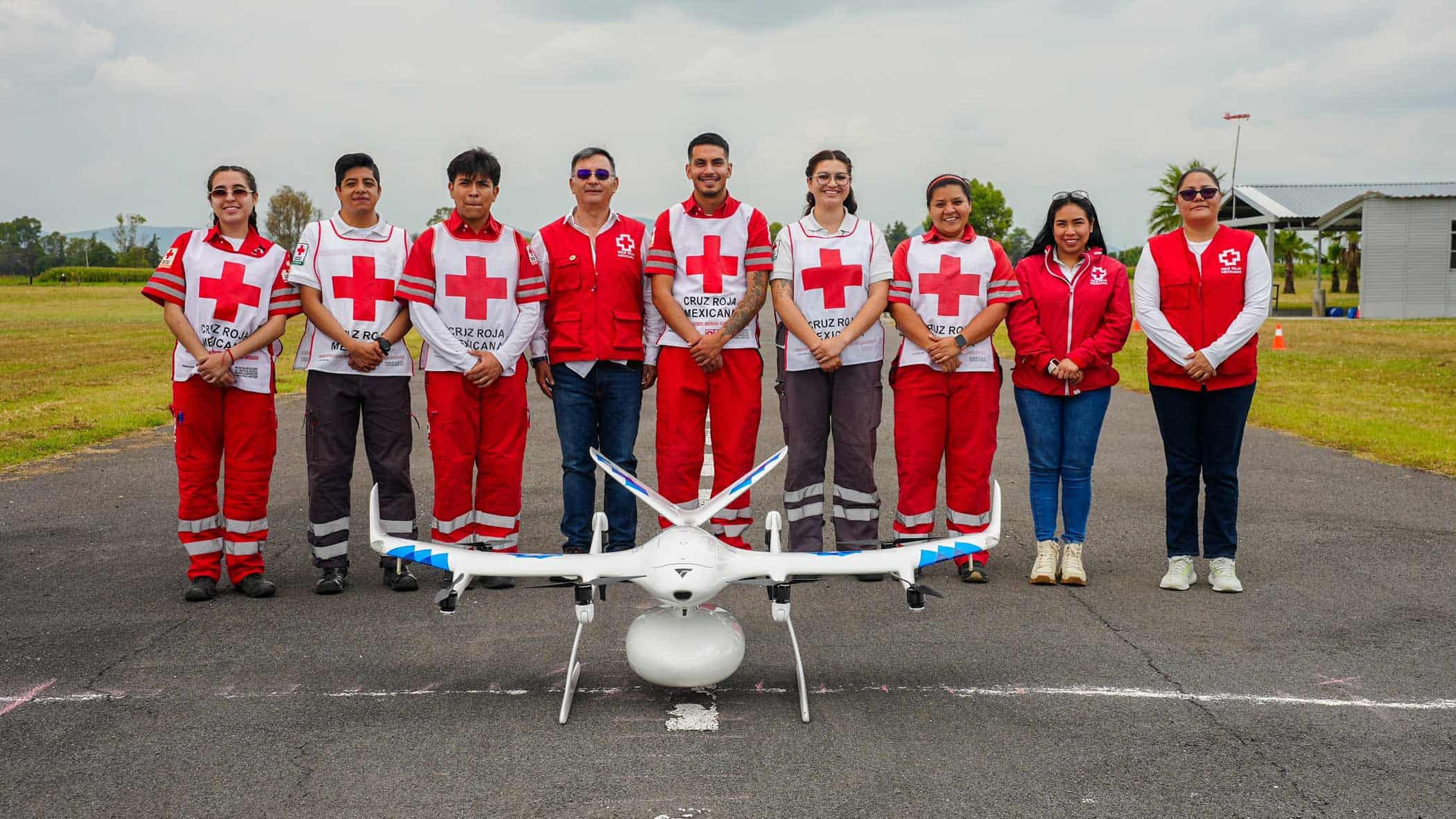 Drones used to provide medical care in Mexico (Drones used to provide medical care in Mexico)
Drones used to provide medical care in Mexico (Drones used to provide medical care in Mexico) Drones at German airports: DLR analysis of drone incidents (Drones at German airports: DLR analysis of drone incidents)
Drones at German airports: DLR analysis of drone incidents (Drones at German airports: DLR analysis of drone incidents)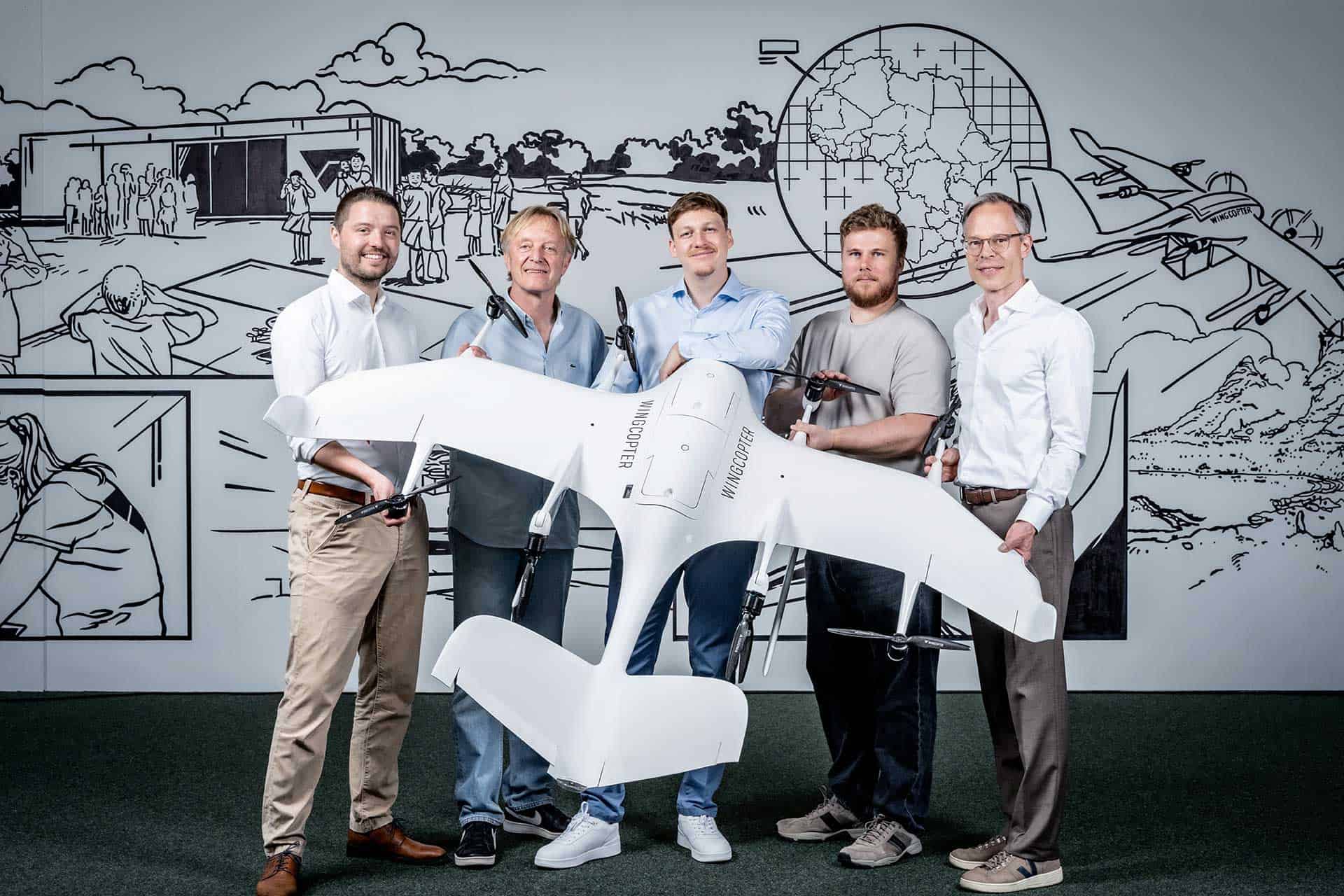 Drone start-up Wingcopter wins new investor (Drone start-up Wingcopter wins new investor)
Drone start-up Wingcopter wins new investor (Drone start-up Wingcopter wins new investor)